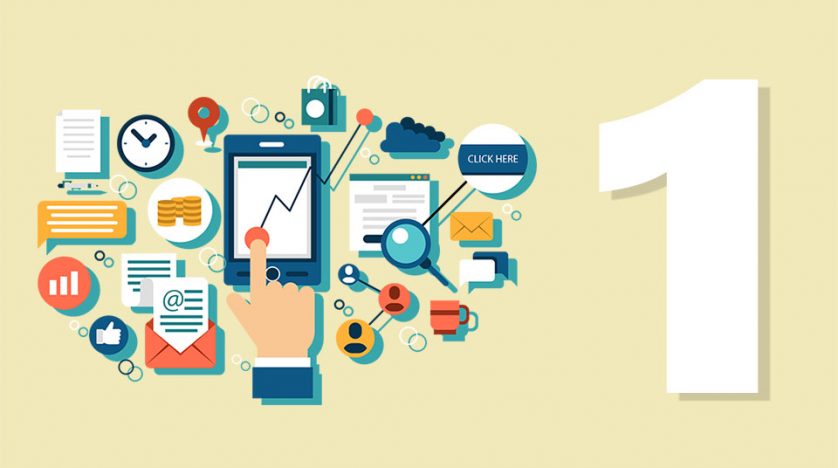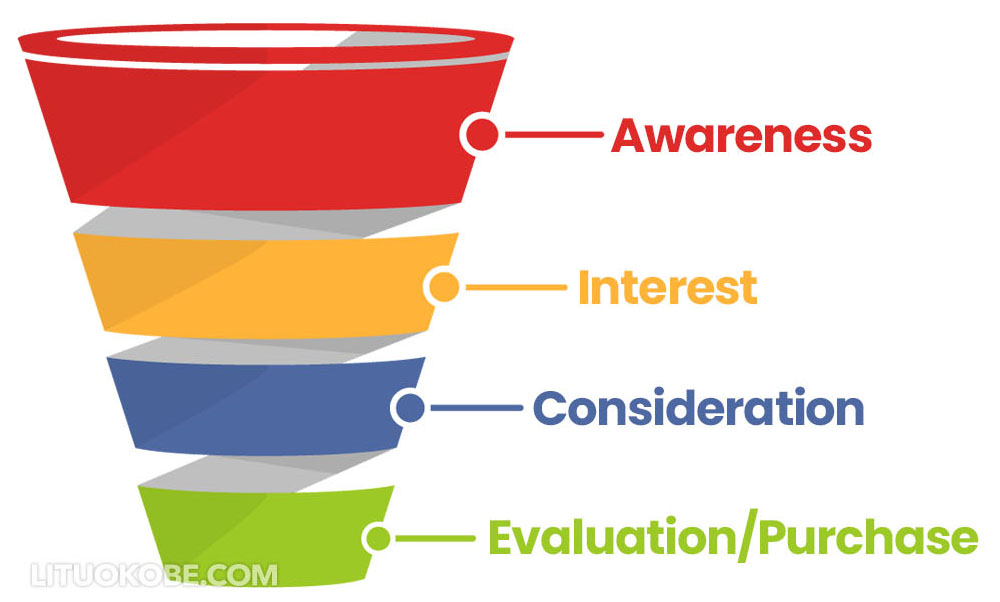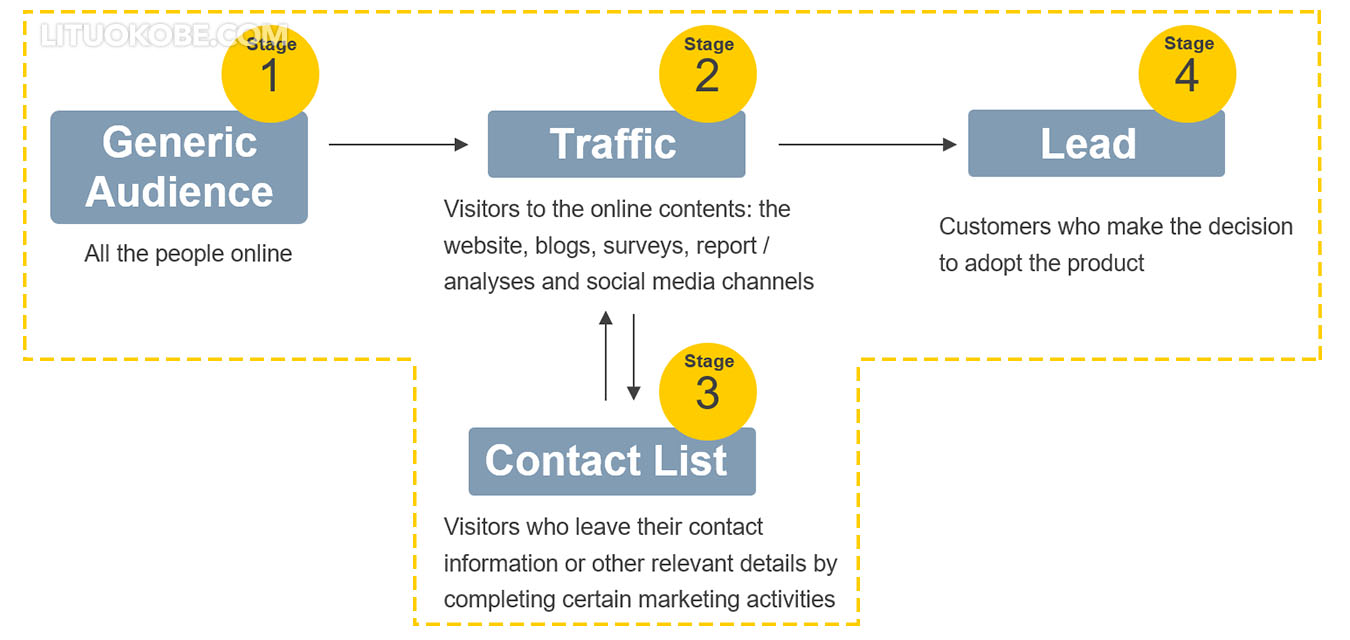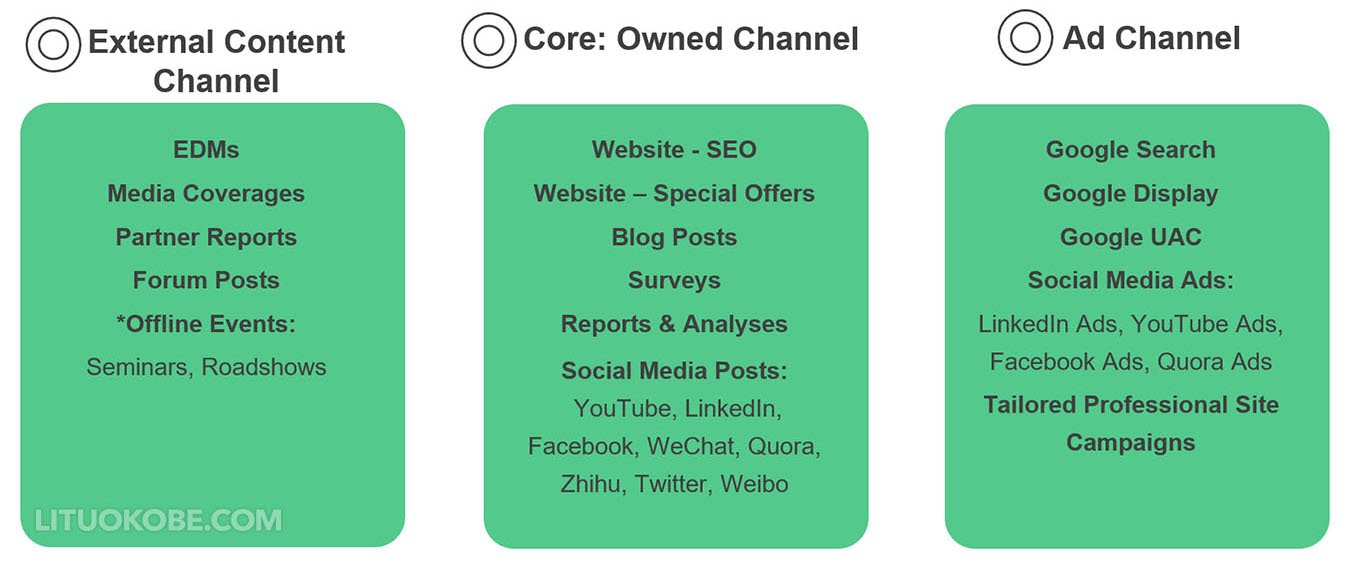
1. How to Kick off Your B2B Digital Marketing?
Doing digital marketing is a fun yet challenging experience. You watch numbers grow or decrease on the screen, and you interact with them, but you never actually see the people on the other side of the numbers – the customers.
This can be intimidating for fresh digital marketers because it’s like being put into a hunting game without any guidance or tutorial. It’s easy to get online solutions for specific tasks, e.g. how to do a CPC campaign, how to improve SEO, or how to post a social media article. However, you may wonder, how are these skills or activities related to each other?
This system gives you a full view of all the B2B digital marketing practices and tells you how to connect the dots to have a network so that you know where you are when doing a digital marketing project. To get the most out of the system, you may need to :
- ⋅ Already know your product’s value propositions and targeted customer segments, and the whole digital marketing process is just about to kick off.
- ⋅ Have the support from the product team and the sales team, and you can fully concentrate on digital marketing activities.
- ⋅ Identify clear digital conversion goals – like file download, lead generation, or online sales. This system assumes that the conversion happens on your own website.
2. The “T” Shape Customer Journey
You may have seen the below picture of the funnel-shape customer journey. Although this is a classic that appears almost anywhere, it’s a bit generic and abstract.
 Figure 1 – Classic Funnel Shape Customer Journey
Figure 1 – Classic Funnel Shape Customer Journey
Very often, customer journey of B2B digital marketing is not a linear process. After all, not like regular consumers, organization customers tend to purchase after a thorough investigation and a careful consideration; in other words, their decision making attitude is very close to “absolute rationality”. Therefore, a T-shape customer journey would better describe their behaviors.
 Figure 2 – T Shape Customer Journey
Figure 2 – T Shape Customer Journey
As shown above, there are 4 stages in the T shape customer journey, mapping the 4 statuses of the customers.
At Stage 1, technically there are no customers yet. People here are the generic online audience who have access to all your marketing activities. Then, some of them are driven into Stage 2 where they become traffic to your online contents, e.g. your website, social media channels, surveys, reports or analyses. Next, the traffic will split into 2 groups – one will be directly converted and reach Stage 4, while the other one will stay in the contact list after leaving contact information at Stage 3. Of course, there will be parts of the traffic going neither of the 2 directions, i.e. they back to the generic audience again, but here we won’t discuss too much about it.
If we use the traditional funnel-shape customer journey to think about this version, “Awareness” belongs to Stage 1, “Interest” maps to Stage 2, “Consideration” falls into Stage 3, while “Evaluation/Purchase” matches Stage 4. The T-shape customer journey will let us focus more on the interaction between marketing approaches and the customers’ status. We will cover this later.
Personally speaking, in this T-shape customer journey, the most important part is Stage 3, the contact list. After all, in B2B digital marketing, not too many customers will become converted immediately at the first engagement with the marketing approaches. Very often, to make the final decision to try, to buy or to experience your product, they need to be constantly exposed to or educated about the product, a.k.a. re-marketed.
Meanwhile, most of the current digital marketing tools provide a comprehensive access to the customer data to empower marketers to build and re-engage with a contact list. Think about the traditional marketing channels – TV ads, printed ads or even mouth of words – it’s almost impossible for companies to obtain any contact information from these activities. The contact list is a gift from marketing in the digital world, and it lets marketing become an interactive game for marketers.
3. The Approaches to Drive Customer Behaviors
Then, let’s see what can be done, i.e. what approaches you can take, to push the customers from one stage to another. I conclude 3 major channels for digital marketing, based on the control level and content.

Figure 3 – Approaches for B2B Digital Marketing
(*Offline Events Will Not Be Discussed Here)
The external content channel includes media coverages, partner reports, forum posts, i.e. In these channels you publish the marketing messages in collaboration with other parties, or under certain controls. The channels can be paid or non-paid, but because you are on a 3rd party platform, the messages are usually more about product information, instead of hard-sell.
Then we have the owned channel, which is the core among all the three. In terms of approaches, you can use your website to attract organic search traffic (SEO) or to provide some incentives like special offers. Other than that, there are still so many things to do, such as blog posts, surveys, reports, analyses, EDMs or social media posts. These activities usually won’t have too much direct cost, but they convey the key messages because these channels are fully controlled and authorized by the company, that’s also why they are the core.
While the Ad channel is straightforward – you pay the 3rd party platform just for advertising, and the messages will be more direct and sales-oriented. The common approaches include Google AdWords (Search, Display, UAC, etc.), social media ads (LinkedIn Ads, Facebook Ads, YouTube Ads, etc.), or professional site campaigns (you pay your industry sites to do ads, instead of just posting articles or reports).
Of course, the messages sometimes can be shared among different approaches, but please remember the approaches are playing different roles in the system.
Alright, since we know the customer journey stages and the approaches to drive their behaviors, let’s put them together, to see the full picture of the B2B digital marketing system.